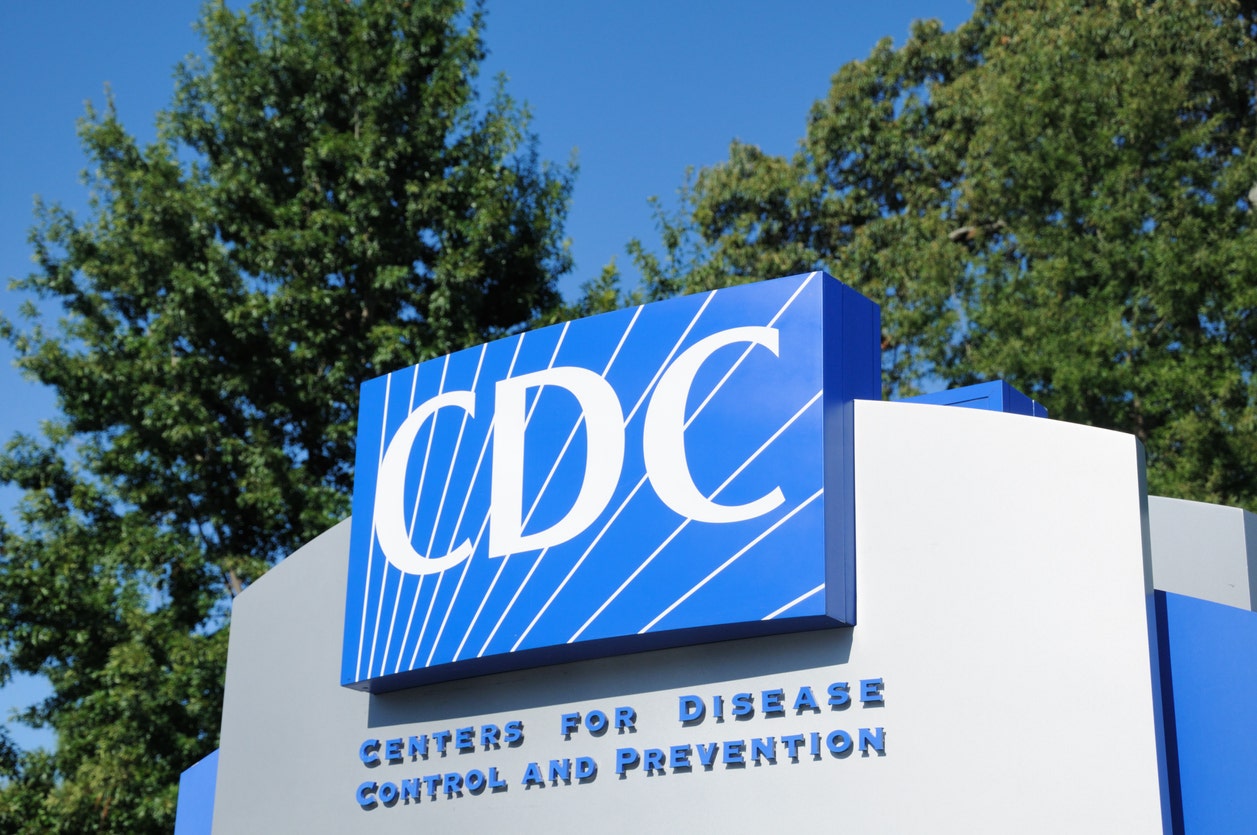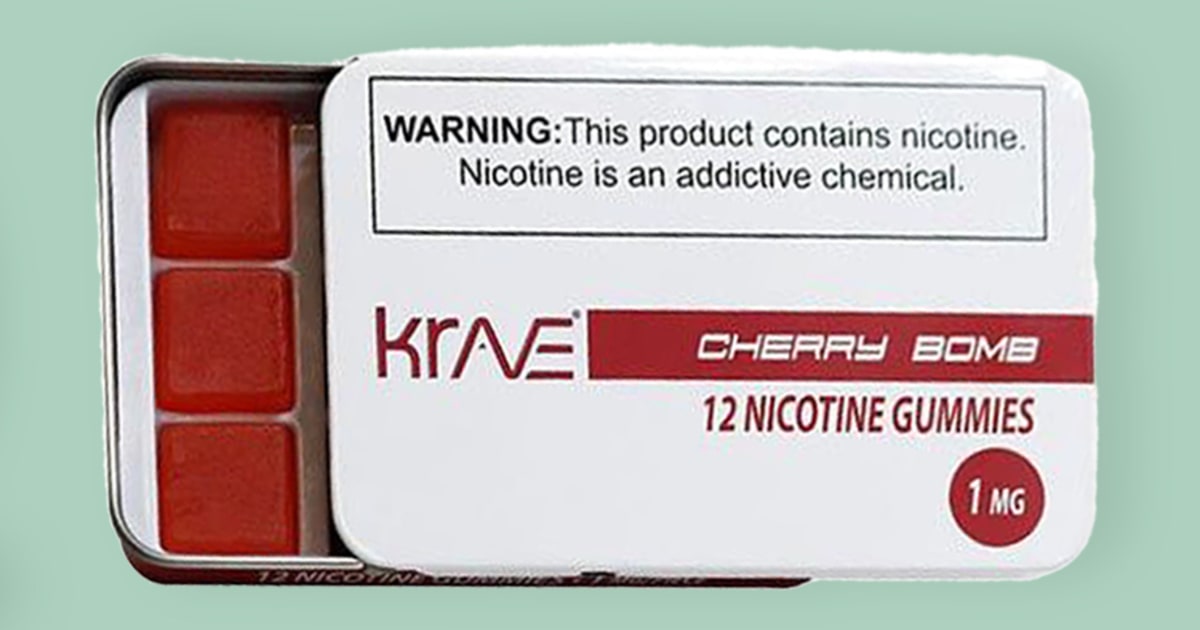In exploring for organic origins of obesity, Louisiana lab goes back to the beginning of lifetime
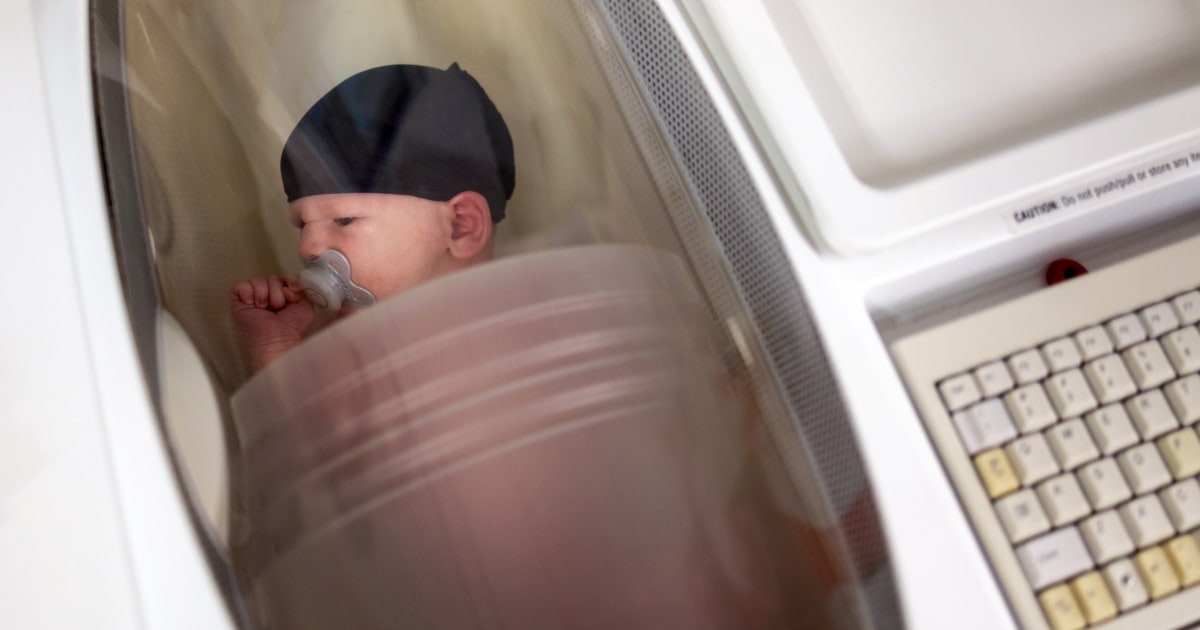
BATON ROUGE, La. — Little babies as younger as two weeks previous are shepherded into the Pennington Biomedical Research Center’s lab in strollers and motor vehicle-seat carriers. Some cry, some cannot end wiggling, and other folks simply just slumber through their full stop by.
Their position is quick: hang out although scientists consider mindful measurements of their overall body extra fat and metabolic process.
“We imagine that by finding out infants, we can truly get to the biology of weight problems,” claimed Leanne Redman, who directs the maternal and infant analysis lab at Pennington right here at Louisiana State University. It’s the only lab in the world equipped to analyze the metabolic rate of newborns. That is, how their small bodies melt away electricity, or energy.
Redman believes that by finding out metabolic process in the initial months of everyday living — extended just before a person’s body weight is motivated by exterior aspects like the food items they are fed or decide on to eat — the lab will uncover the organic foundation of being overweight. Newborns don’t physical exercise, and their diet programs are comprised only of breastmilk or formulation.
The principle is that a person’s “metabolic fingerprint” is established for lifetime at delivery, she explained. Decoding that fingerprint could ultimately guide to individualized interventions for little ones at danger for obesity.
The ramifications are of essential worth to the upcoming health of Americans. Being overweight is a driver of myriad health challenges, including coronary heart ailment, stroke, cancer and style 2 diabetic issues.
Regardless of thousands and thousands of pounds put in just about every yr on weight problems analysis, prevention and therapy, America’s weight problems epidemic carries on to develop. Nationwide, it has an effect on nearly 20 p.c of young children and young adults, in accordance to the Centers for Disorder Manage and Prevention, and a lot more than 40 per cent of older people — a determine anticipated to increase to 50 per cent by 2030.
“We’ve been living a silent pandemic over the past couple decades,” explained Dr. Andres Acosta, a bariatrician and gastroenterologist at the Mayo Clinic in Rochester, Minnesota. “It’s killing our technology.”
Biology vs . habits
The science of obesity and how to address it is significantly from straightforward. The driving factors extend over and above food plan and exercise, to a thorny metabolic mixture of a person’s genetics and surroundings.
“Bodyweight is the product or service of its electrical power harmony. It is a fundamental physics equation: energy in and calories out,” Redman mentioned. “What is actually driving both of all those components — energy in and energy out — is really complicated. What is driven by biology and what is driven by behavior?”
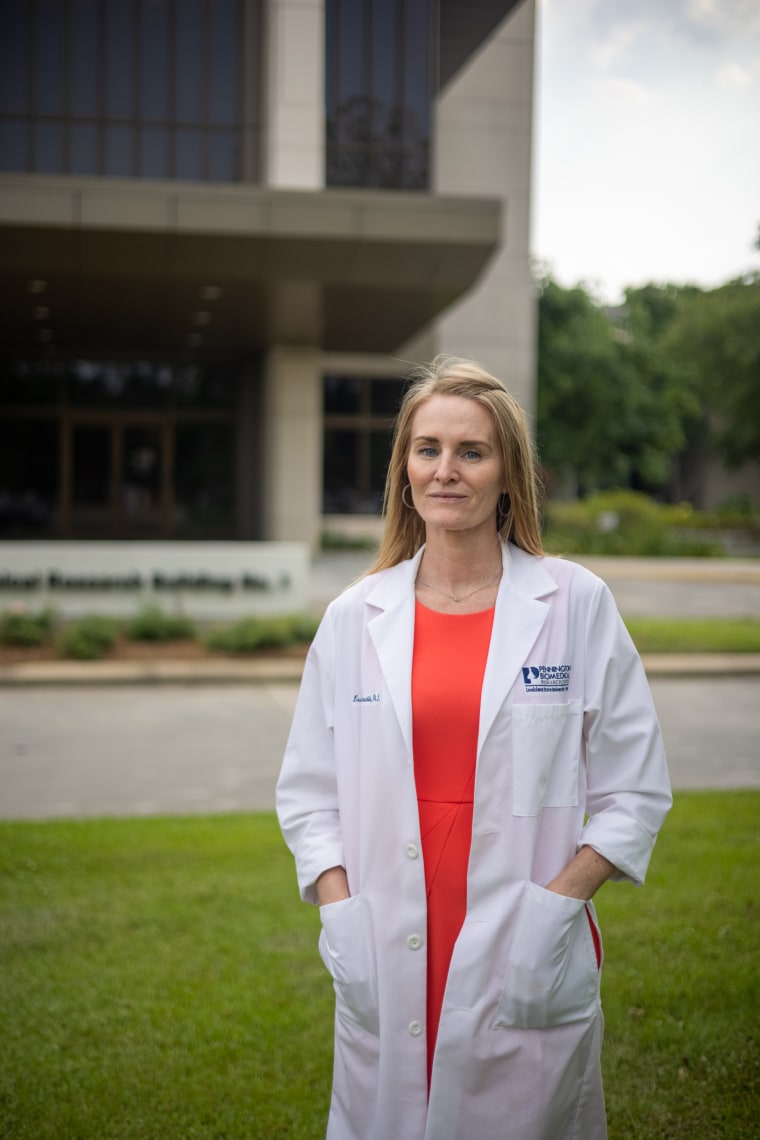
The Pennington lab’s site in Louisiana would make it uniquely positioned to research being overweight. The state continually ranks among the the worst in the region in conditions of obesity. Facts from the Robert Wood Johnson Foundation shows that 22.2 percent of small children ages 10 by way of 17 have obesity.
“Louisiana is a living laboratory for the rest of the world, regardless of whether that is a fantastic detail or not,” Redman said. “We have variety in earnings. We have diversity in race. We have variety in ethnicity, and we have range in health disorders.”
A improved knowledge of what drives weight problems early in everyday living or what variables set a boy or girl at hazard for being overweight afterwards on are key for prevention, stated Dr. Ryan Farrell, a pediatric endocrinologist at University Hospitals Rainbow Infants & Children’s Clinic in Cleveland.
“Obtaining a feeling of kids that have lessen resting strength expenditures early on, receiving a perception about no matter whether or not that infers extended-phrase health consequences as young ones get older could probably mean intervening at an earlier age and putting in life style modifications effectively just before there is the progress of swift weight obtain,” he mentioned.
And the before doctors can intervene, the improved.
“We see all these children way too late,” stated Dr. Evan Nadler, director of the Youngster and Adolescent Pounds-Decline Medical procedures Software at Children’s Nationwide Hospital in Washington, D.C. “We deal with them the ideal we can and we get a lot of them to eliminate a great deal of fat, but they get to us very long just after they really should.” Following age 5, Nadler claimed, it can be considerably more durable.
That’s one particular explanation why the Pennington Lab is centered on newborns.
Into the Pea Pod
Babies enrolled in the National Institutes of Health-funded examine are first brought into the lab at just two weeks old for their initially two measurements: system extra fat share and fat burning capacity.
To estimate system fat, infants are placed inside of an enclosed, oval-formed chamber referred to as a Pea Pod. The device measures how a great deal air quantity the newborn takes up inside the pod, as opposed to the baby’s entire body mass. The complete approach takes 90 seconds.
The researchers program to appear at just about every baby’s physique fat at just a several months outdated and look at it to how it appears to be like at two decades of age, Redman reported. What is it about a newborn that might figure out his or her entire body fat at 4 or 5, or even 25 decades old?
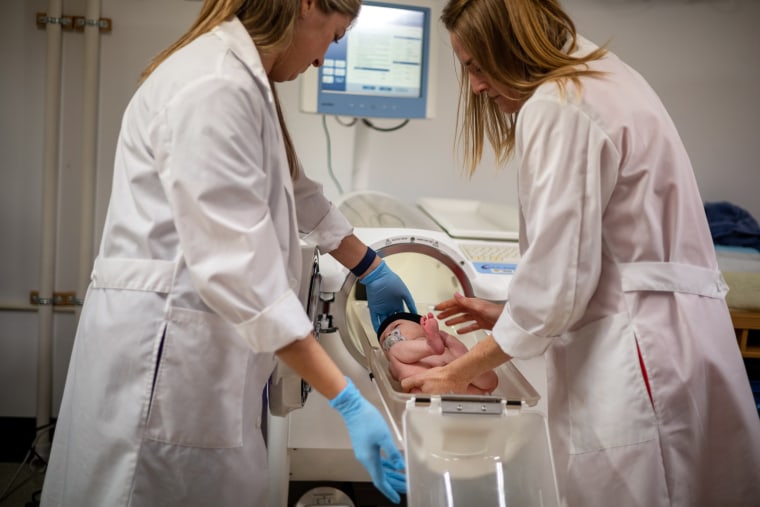
So far, hundreds of toddlers have had their entire body extra fat calculated in Pennington’s Pea Pod. Alongside with other individuals in use globally, the staff has info on close to 7,000 toddlers.
But scientists around the globe are on the lookout to Pennington for its research on the next measurement: newborn fat burning capacity. The lab is the only one in the world making use of an infant metabolic chamber.
The infant chamber is intended to mimic the gold conventional of measuring metabolism in grownups. People metabolic chambers are about the dimension of a small hotel room. Grownup contributors remain in the home for 24 hours, and experts are able to work out exactly how lots of energy they burn up in excess of that time interval.
“We’ve been perfecting our protocols to be capable to capture that whole cycle when the baby is in the metabolic chamber,” Redman said. In toddler time, that is about two several hours.
The infant chamber is a plexiglass dice furnished with a little mattress and adorned with smiling elephants and lions. Mothers and fathers and members of the Pennington lab can access in to soothe the infants when important. Normally, they just rest.
How fat burning capacity is measured
A baby’s rate of metabolism is calculated by getting exact measurements of the total of oxygen and carbon dioxide in the chamber. Scientists know the focus of these gasses in the air when the infant goes into the chamber, and each individual exhalation includes additional carbon dioxide than oxygen. By measuring the amount of oxygen infants breathe in as opposed to carbon dioxide they breathe out, researchers can estimate how many calories they are burning. If the overall body is doing work harder to burn up calories, it provides much more carbon dioxide.
